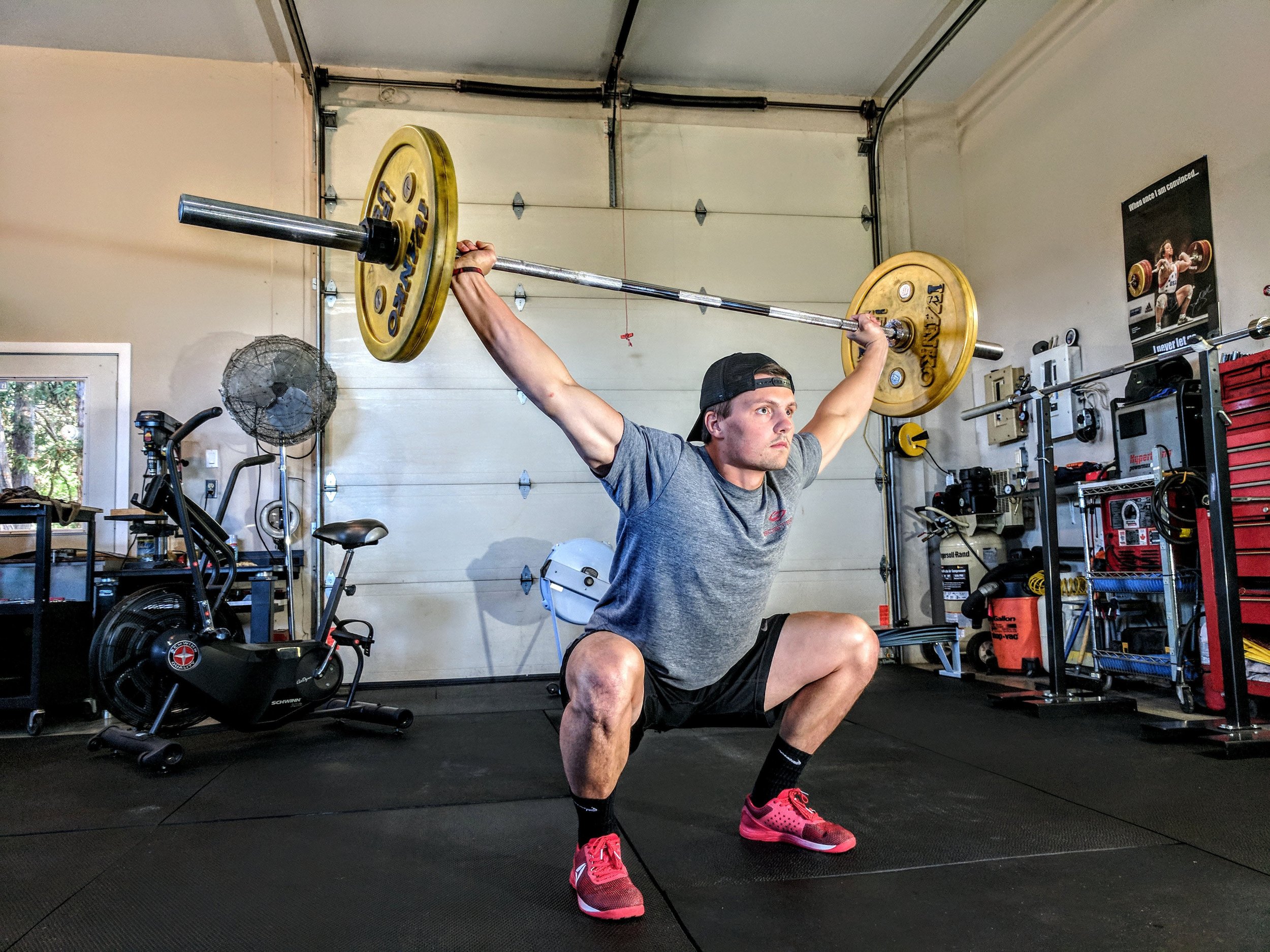Low back pain is a common ailment that affects millions of people worldwide. It can be debilitating, impacting daily life and overall well-being. Understanding the prevalence, risk factors, and treatment methods for low back pain is crucial for those seeking relief. In this article, we’ll explore the prevalence and risk factors of low back pain, and common treatment methods, and then focus on the importance of physical therapy and the renowned McGill Big 3 exercises for managing and alleviating low back pain.
Low back pain is one of the most prevalent health complaints globally, affecting approximately 80% of individuals at some point in their lives. It is a leading cause of disability and lost workdays, with both acute and chronic forms taking a considerable toll on individuals and healthcare systems. While the condition can strike anyone, some groups are at a higher risk.
Low back pain doesn’t discriminate; it can affect people of all ages and backgrounds. However, certain factors increase the risk:
-
Age: Low back pain becomes more common as we age, particularly in people over 30 years old.
-
Physical Activity: Sedentary lifestyles or physically demanding jobs can both contribute to low back pain.
-
Obesity: Excess weight puts extra stress on the lower back, increasing the likelihood of pain.
-
Genetics: A family history of low back pain may raise an individual’s risk.
-
Smoking: Smoking can affect blood flow to the spine and increase the risk of low back pain.
-
Poor Posture: Sitting or standing with poor posture can lead to muscle imbalances and contribute to back pain.
Common Treatment Methods
When low back pain strikes, many people turn to over-the-counter pain medications for temporary relief. In severe cases, prescription drugs, injections, or even surgery may be recommended. However, it’s essential to explore conservative approaches before considering more invasive treatments.
Physical Therapy and Exercise
One of the most effective and non-invasive methods for managing and treating low back pain is physical therapy, combined with specific exercises. Physical therapy aims to restore movement, reduce pain, and improve function. And when it comes to exercises for low back pain, the McGill Big 3 stands out as a highly recommended regimen.
The McGill Big 3: A Solution for Low Back Pain
Named after Dr. Stuart McGill, a renowned spine biomechanics expert, the McGill Big 3 is a set of exercises designed to improve core stability and reduce the risk of low back pain. These exercises target specific muscle groups that play a crucial role in stabilizing the lumbar spine. Let’s delve into each of these exercises and their supporting evidence:
-
McGill Curl-Up: This exercise focuses on strengthening the rectus abdominis without putting excessive stress on the lumbar spine. To perform it, lie on your back with one knee bent and the other leg straight. Place your hands under the arch in your lower back, then lift your head, shoulders, and upper back off the ground, holding for a few seconds – Video here
-
Side Plank: The side plank targets the oblique muscles, providing essential support to the lower back. Lie on your side, propping yourself up on your elbow and keeping your body in a straight line from head to heels. Hold the position for as long as you can, ensuring your hips remain raised – Video Here
-
Bird Dog: This exercise engages both the lower back and core muscles to enhance stability. Start on your hands and knees, then extend one arm and the opposite leg simultaneously while keeping your back straight. Hold for a few seconds, then return to the starting position and repeat on the other side – Video here
Numerous studies support the effectiveness of the McGill Big 3 exercises for low back pain management. Research has shown that these exercises improve core strength, reduce pain, and enhance functional stability, making them an excellent choice for those seeking relief from low back pain.
Low back pain is a common and debilitating condition, but it can often be managed effectively through conservative approaches. Physical therapy, combined with exercises like the McGill Big 3, offers a powerful way to reduce pain, improve stability, and enhance the overall quality of life for individuals suffering from this condition. If you’re struggling with low back pain, consider consulting a physical therapist and incorporating the McGill Big 3 into your daily routine to experience the transformative benefits they offer.
References:
-
Hoy, D., Brooks, P., Blyth, F., & Buchbinder, R. (2010). The Epidemiology of Low Back Pain. Best Practice & Research Clinical Rheumatology, 24(6), 769-781.
-
Shiri, R., Karppinen, J., Leino-Arjas, P., Solovieva, S., & Viikari-Juntura, E. (2010). The Association between Smoking and Low Back Pain: A Meta-Analysis. The American Journal of Medicine, 123(1), 87.e7-87.e35.
-
Kavcic, N., Grenier, S., & McGill, S. M. (2004). Quantifying tissue loads and spine stability while performing commonly prescribed low back stabilization exercises. Spine, 29(20), 2319-2329.
-
McGill, S. M. (2015). Back Mechanic: The Step-by-Step McGill Method to Fix Back Pain. Backfitpro Inc.


